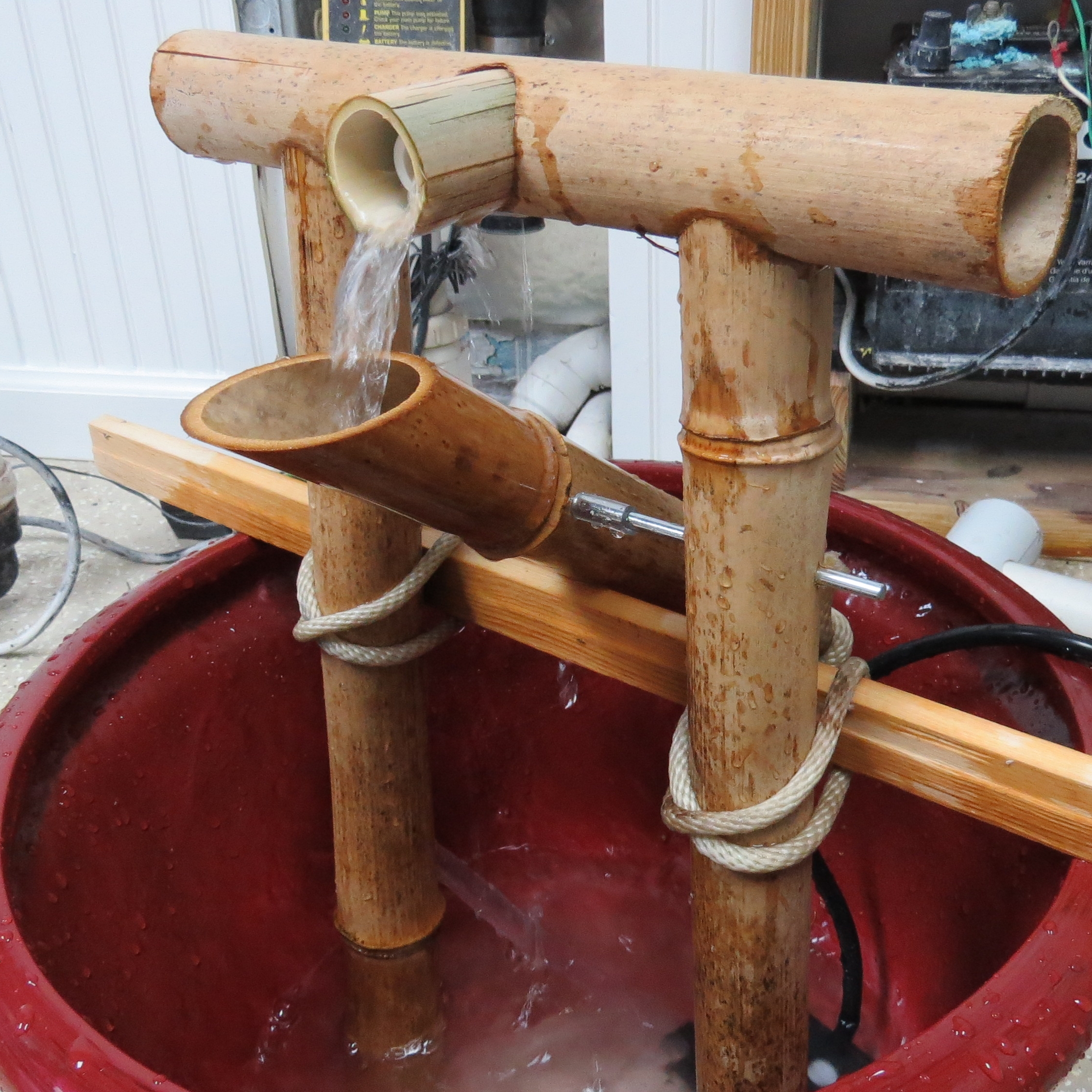In Japanese, shishi odoshi means “deer scarer.” These water fountains slowly fill with water and then suddenly tip. The resulting noise when the fountain falls back will scare away any critters eating in your garden. Many Zen gardens have also used these fountains as a meditation aid.
Now you can build one for your own garden, and make a peaceful space in your yard.
NOTE: For the updated, upsized version of this project, see Shishi-Odoshi Fountain from Make: Volume 43, here.)





